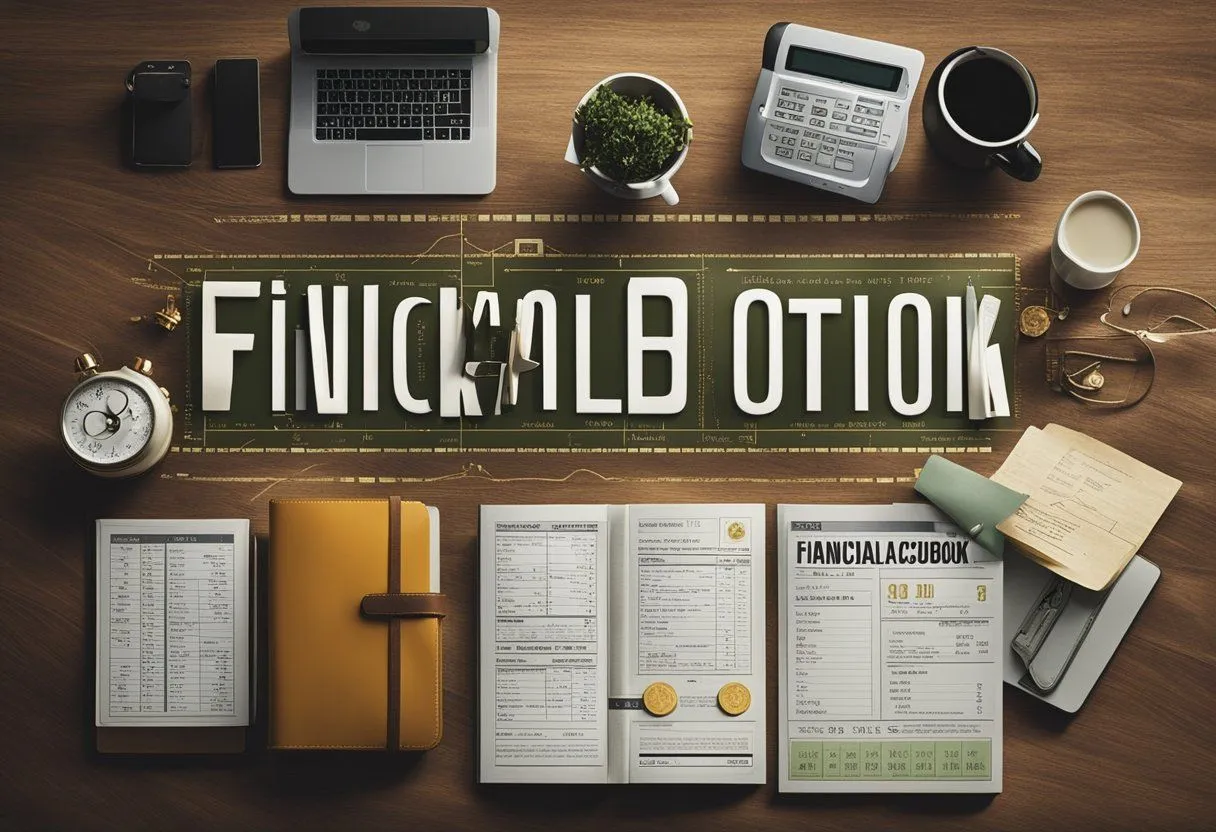Savings 101: Choosing the Right Account for Your Financial Goals
Choosing the right savings account can be a daunting task, especially with so many options available. However, it is an essential step towards achieving your financial goals. Whether you’re saving for a down payment on a home, a vacation, or an emergency fund, selecting the right account can make all the difference.
There are several factors to consider when choosing a savings account. Interest rates, fees, and accessibility are all important considerations. It’s crucial to find an account that offers competitive interest rates, low fees, and easy access to your funds. Additionally, it’s important to consider whether you want a traditional savings account or a high-yield savings account that may offer a higher interest rate but may have more restrictions on withdrawals. By understanding your financial goals and needs, you can make an informed decision on the right savings account for you.
Understanding Savings

Saving money is an important part of building financial stability. It allows individuals to prepare for unexpected expenses, achieve long-term goals, and build wealth over time. In this section, we will discuss the importance of saving and the different types of savings accounts available.
The Importance of Saving
Saving money is essential for achieving financial security and independence. It provides a safety net for unexpected expenses, such as medical bills or car repairs, and helps individuals avoid going into debt. Saving also allows individuals to achieve long-term goals, such as buying a house or starting a business. By putting money aside regularly, individuals can build wealth over time and secure their financial future.
Types of Savings
There are several types of savings accounts available, each with its own benefits and drawbacks. The most common types of savings accounts are:
- Traditional Savings Accounts: These accounts are offered by banks and credit unions and typically have low interest rates. They are a good option for short-term savings goals and emergency funds.
- High-Yield Savings Accounts: These accounts offer higher interest rates than traditional savings accounts. They are a good option for individuals who want to earn more interest on their savings but still have access to their funds.
- Money Market Accounts: These accounts offer higher interest rates than traditional savings accounts and typically require a higher minimum balance. They are a good option for individuals who want to earn more interest on their savings and are willing to keep a higher balance.
- Certificates of Deposit (CDs): CDs are a type of savings account that requires individuals to deposit a fixed amount of money for a set period of time. They offer higher interest rates than traditional savings accounts but typically require individuals to keep their money locked up for a specific period.
In conclusion, saving money is an essential part of building financial stability and achieving long-term goals. By understanding the different types of savings accounts available, individuals can choose the right account for their financial needs and goals.
Choosing the Right Account

When it comes to choosing the right savings account, there are a few factors to consider. It’s important to assess your financial goals and needs before making a decision.
Factors to Consider
Here are some factors to consider when choosing a savings account:
- Interest rate: The interest rate is the percentage of the account balance that the bank pays you in interest. Look for accounts with higher interest rates to earn more money on your savings.
- Fees: Some accounts charge monthly maintenance fees or other fees. Make sure to read the fine print and understand the fees associated with the account.
- Accessibility: Consider how easy it is to access your money. Some accounts have restrictions on withdrawals or require you to maintain a minimum balance.
- FDIC insurance: FDIC insurance protects your money in case the bank fails. Make sure the account you choose is FDIC-insured.
Comparing Different Accounts
Once you’ve assessed your needs and considered the factors above, it’s time to compare different savings accounts. Here are some things to look for:
- Online vs. brick-and-mortar: Online banks often offer higher interest rates and lower fees, but may not have physical branches for in-person customer service.
- Types of accounts: There are different types of savings accounts, such as high-yield savings accounts, money market accounts, and certificates of deposit (CDs). Each has its own benefits and drawbacks.
- Promotions: Some banks offer promotions, such as sign-up bonuses or higher interest rates for a limited time. Make sure to read the terms and conditions to understand any requirements or restrictions.
Overall, choosing the right savings account requires careful consideration and research. By assessing your needs and comparing different accounts, you can find the account that best fits your financial goals.
Setting Financial Goals

When it comes to saving money, setting financial goals is an essential step. Without a clear goal in mind, it can be challenging to stay motivated and focused on saving. In this section, we’ll take a closer look at how to set achievable financial goals.
Short-Term vs Long-Term Goals
The first step in setting financial goals is to determine whether you’re saving for the short-term or the long-term. Short-term goals are typically things you want to achieve within the next year or two, such as saving for a vacation or a down payment on a car. Long-term goals, on the other hand, are things you want to achieve in the distant future, such as saving for retirement.
When choosing a savings account, it’s important to consider the time frame of your goals. If you’re saving for a short-term goal, you may want to choose an account with a higher interest rate or one that offers bonuses for meeting certain requirements. However, if you’re saving for a long-term goal, you may want to consider an account with a lower interest rate but fewer fees.
How to Set Achievable Goals
Once you’ve determined whether your goals are short-term or long-term, it’s time to set achievable goals. Here are a few tips to help you get started:
- Be specific: Instead of saying you want to “save money,” set a specific goal, such as saving $5,000 for a down payment on a house.
- Be realistic: Make sure your goals are achievable based on your income and expenses. If you set a goal that’s too high, you may become discouraged and give up.
- Break it down: If you have a long-term goal, break it down into smaller, more manageable goals. For example, if you want to save $100,000 for retirement, break it down into saving $10,000 per year for 10 years.
- Track your progress: Keep track of how much you’re saving each month and celebrate your progress along the way. This will help you stay motivated and focused on your goals.
By setting achievable financial goals, you’ll be on your way to building a solid financial future.
Maintaining Your Savings Account
Once you have opened a savings account, it is important to maintain it properly to ensure that you are making progress towards your financial goals. Here are some tips to help you maintain your savings account:
Regular Deposits
One way to maintain your savings account is to make regular deposits. Set up automatic transfers from your checking account to your savings account each month to ensure that you are consistently saving money. This will help you build your savings over time and stay on track towards your financial goals.
Monitoring Your Progress
It is important to monitor your progress towards your savings goals regularly. Check your account balance regularly to ensure that you are making progress towards your financial goals. If you find that you are not making progress as quickly as you would like, consider increasing your savings rate or finding ways to cut back on expenses.
By making regular deposits and monitoring your progress, you can maintain your savings account and stay on track towards achieving your financial goals.



